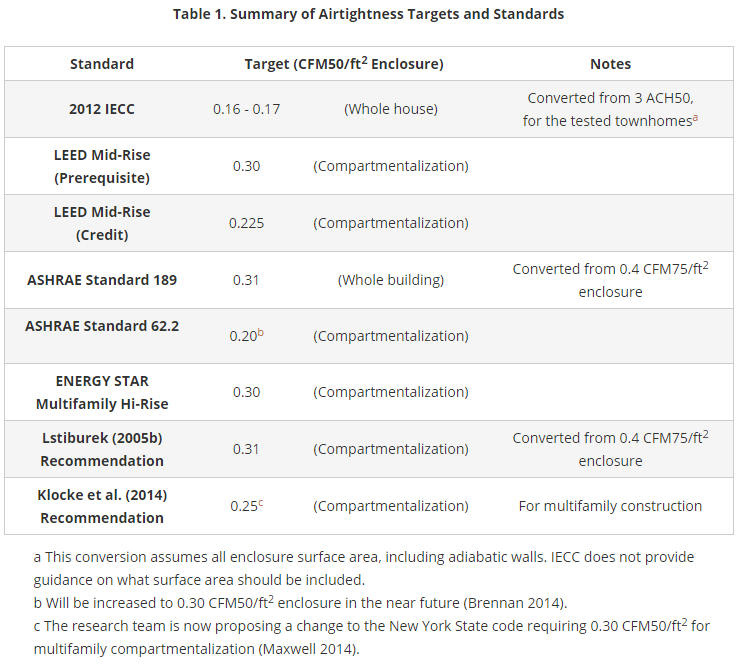When you specify an ACH, specify which pressure you are using.
Building pressurization tests are typically done at 50 Pa for residential buildings, and 75 Pa for commercial buildings.
Actual infiltration occurs at natural pressure differences, which is closer to around 4Pa.
The design rate in EnergyPlus/OpenStudio is flow at typical design conditions which is the ACHnat/ACH4 number. 2-2.5 ACH is reasonable for ACH50, but really high for ACHnat/ACH4 for an office building. ACHnat will be about ~5x smaller.
I recommend using the CFM/ft2 enclosure area option instead of ACH. If you specify ACH, you can have interior zones with high infiltration rate, even though they don't have any exterior wall.
Here are typical CFM50/ft2 (CFM/ft2 at 50Pa) values:
source:Building Science Corporation 
Assuming a design pressure difference of 4 Pa and a flow exponent of 0.65, you can convert CFM50/ft2 values to CFM4/ft2 values by multiplying by (4^0.65)/(50^0.65) = 0.194.
NIST has data on this for different buildings types, etc.






